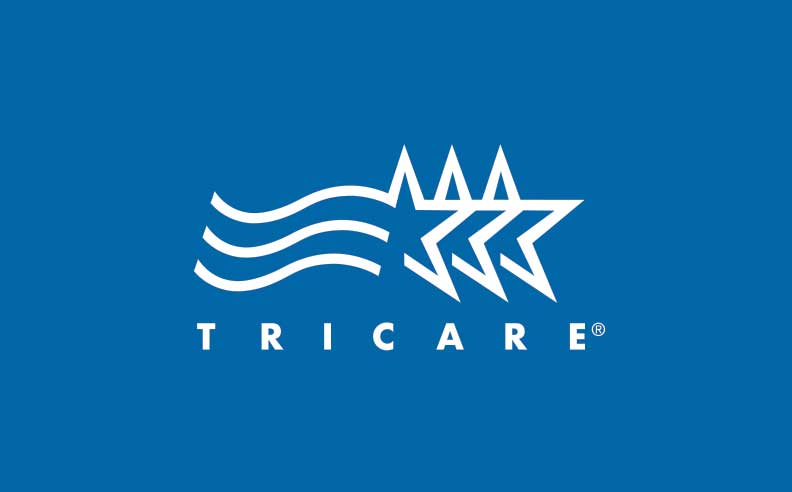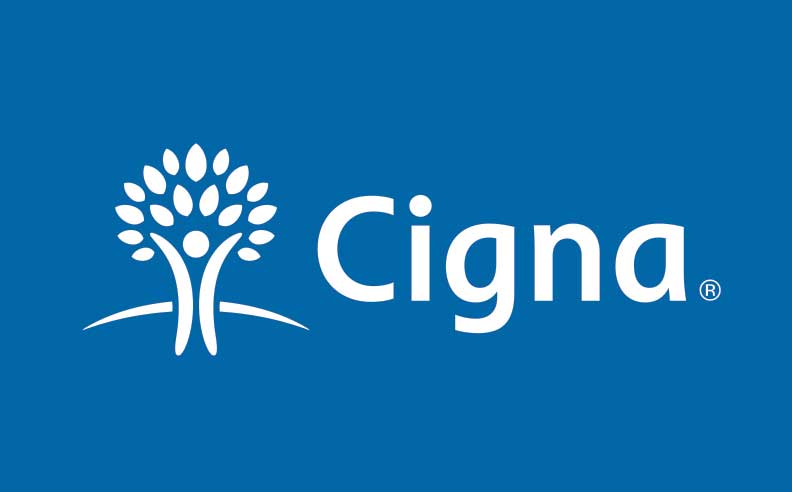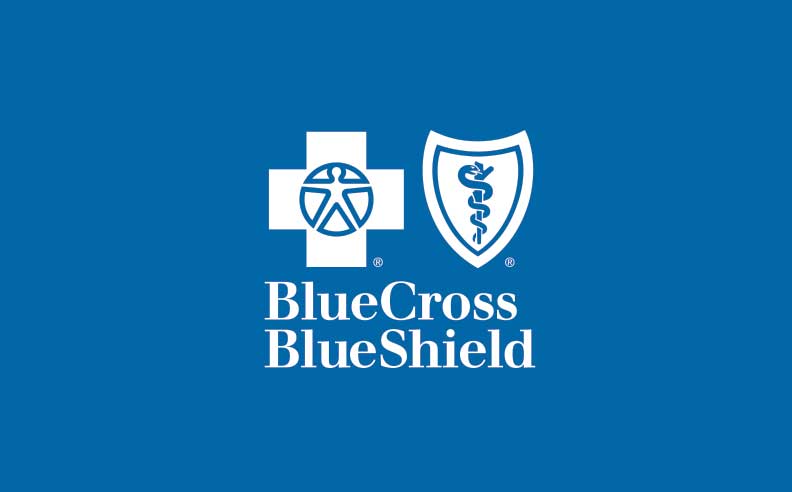What is Bipolar Disorder?
Bipolar disorder is a condition characterized by episodic mood swings that range from manic highs to depressive lows. It is sometimes called manic depression. While the term “bipolar” is often associated with extreme, disruptive mood swings, there are actually different classifications of bipolar disorder with varying degrees of severity.
- Bipolar disorder type I (BPI) is characterized by alternative severe depression and mania which leads to hospitalization or a significant impairment in functioning. In comparison, bipolar disorder type II (BPII) is characterized by episodes of severe depression that are punctuated by hypomanic episodes.
- Hypomania is a less severe form of mania that does not result in psychosis or cause impairments in social or occupational functioning.
- Cyclothymic disorder is diagnosed in individuals who portray periods at least two years in duration of both hypomanic and depressive symptoms without meeting the full criteria for hypomania, mania, or major depression. In other words, cyclothymic disorder can be characterized as a less severe form of bipolar disorder compared to BPI and BPII, while lasting for a longer duration.
Warning Signs & Risks
According to the Diagnostic and Statistical Manual of Mental Disorders, Fifth Edition (DSM V), manic episodes seen in BPI must last at least one week in duration whereas hypomanic episodes must last for four consecutive days in duration. Symptoms of mania include:
- Distractibility
- Irresponsibility and erratic behavior
- Grandiosity
- Flight of ideas
- Increased activity associated with weight loss and sexual libido
- Decreased sleep
- Pressured speech
Depressive episodes must last for at least two weeks in duration and are characterized by the following symptoms:
- Sleep disturbance
- Loss of interest in activities
- Feelings of guilt
- Loss of energy
- Difficulty concentrating
- Change in appetite
- Psychomotor agitation
- Sadness
- Suicide ideations
Because bipolar disorder can seriously impact one’s quality of life and one’s safety, it’s important to seek help. There are treatments available that can significantly improve everyday life for the individual and their support system.
Bipolar Disorder Treatment
Management for bipolar disorder can be extremely complicated as it specifically depends on whether the individual is exhibiting manic phases or depressive phases as well as the severity of these phases. If the individual is severely depressed and suicidal, then inpatient management is best suited. For a patient who is demonstrating racing thoughts and decreased sleep but is able to function in daily activities, outpatient treatment may be most beneficial.
Pharmacological therapy is indicated for manic episodes, but the specific types of medication depend on the severity of the mania and the presence of psychosis. Mood stabilizing agents and antipsychotic agents are the first-line pharmacological treatment for manic episodes. Antidepressants are generally indicated only when the individual is experiencing the depressed phase with no symptoms of mania. When left untreated, the condition can create havoc in one’s life resulting in severe behavioral issues and can also lead to self-harm and suicide.
Who is Affected by Bipolar Disorder?
Bipolar disorder affects men, women, children and adolescents from all different ethnic backgrounds and social classes. Like all other mental disorders, this disorder does not discriminate. The lifelong prevalence of this disorder is known to affect approximately one to two percent of the U.S. population. The age of onset for this disorder ranges from childhood to 50 years of age with the average age being 21. There is nearly an equal male-to-female ratio for this disorder.
What Causes Bipolar Disorder?
Like the majority of mental health disorders, bipolar disorder is multifactorial—meaning that many factors play a role in the development of this mood disorder. It is known to have a major genetic component involved in the etiology. First-degree relatives (parents, children, and siblings) of people with this disorder type I (BPI) are seven times more likely to develop this disorder compared to the general population. Additionally, a child of a parent with bipolar disorder is at a 50 percent increase of having a major psychiatric disorder diagnosed in life. Biochemical factors such as neurotransmitters, which are the hormones in the brain responsible for communication, are also known to contribute to this disorder, as are physical changes in brain regions and environmental stressors.
We’re Here For You
If you or someone you know is struggling, we’re here for you. Discovery Mood and Anxiety Program specializes in treatment for mental health, substance abuse, and dual diagnoses, by creating unique programs to help every individual find their way to recovery. For more information, resources, or to consult with one of our specialists, call 714.828.0808.














